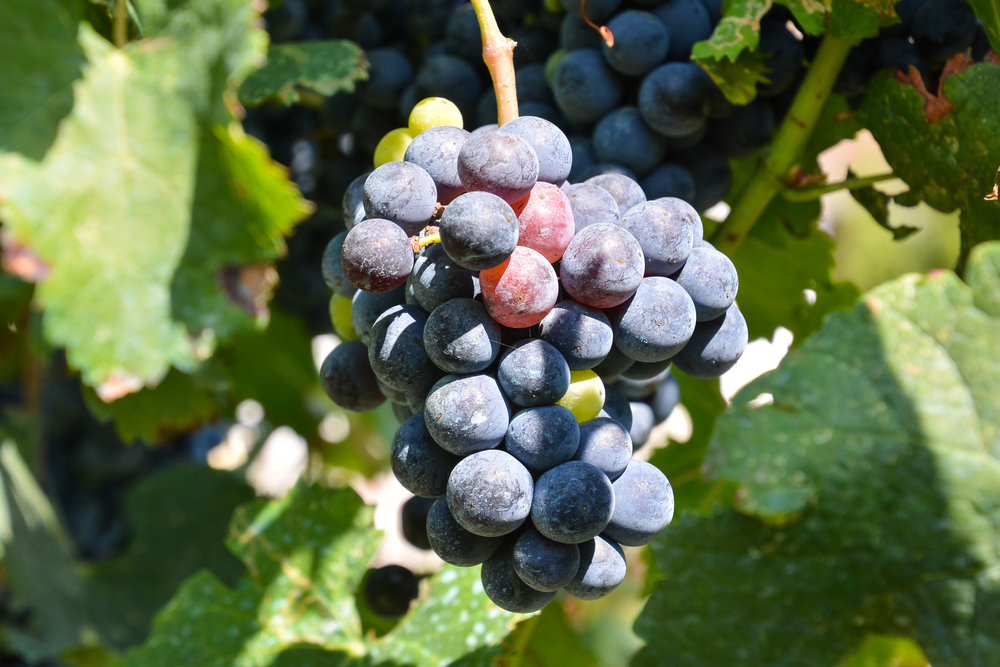Jeff Bitter of Allied Grape Growers was on a panel at a recent California Department of Food and Agriculture meeting highlighting some of the challenges for growers in the state. Bitter said the California wine industry is experiencing a myriad of problems, some residual from the pandemic, and others have been decades in the making.
The pandemic gave false market signals due to consumers overstocking pantries. Bitter said this led producers “to believe wine shipments were a little stronger than they were over an extended period of time.”
Thus, growers planted more to meet demand, which has proved problematic as an estimated 400,000 tons of winegrapes went unharvested last year due to a lack of market. Bitter waged that winegrapes are the third most planted permanent crop in California behind tree nuts, which has “a huge impact and huge implications for California,” he said. Another concerning factor in the California wine industry is labor. Hourly wages have multiplied in the past two decades while the value of grapes has remained largely unchanged.
“The amount of overhead created by the costs involved with increasing inputs and labor over the years” is substantial, Bitter said. “We have not seen commensurate price increases in commodity prices or grape value,” he said, adding that “for most areas of the state, average winegrape prices are no better than they were 20 years ago.”
Because of overproduction, inventory remains backed up at the distributor level. Citing a study from a BMO wine market report, Bitter anticipates the total wine market to remain flat, so wineries need to proactively protect their business in the coming year. “We are on the defense in this industry. Folks are making decisions that are very conservative in nature,” he said. “Protection in this case means ‘don’t get overburdened with inventory.’”
While the industry recognizes the need to reduce acreage, state mandates on ag burning prevent growers from doing so. “One of our challenges in the industry is the vineyard removal area,” Bitter said. There are incentive programs to help farmers dispose of vineyards, as it requires a lot of hand labor and additional costs for growers to chip vines, collect trellises, stakes, drip line and other elements. Bitter also said that the industry will see a decline in acreage due to the various economic factors contributing to the decline in alcohol consumption, citing an eight percent decline in shipments each year. He recommends reducing California wine acreage to less than 540,000 bearing acres by 2026, which could happen naturally as growers go out of business.
Changing consumer demographics also appear to be negatively impacting the industry. The Baby Boomer generation remains a critical clientele for the success of the industry, but younger generations are not drinking as much wine. Other reasons for a decline in consumption include the government’s attempts to curtail alcohol consumption by reducing the number of drinks in guidelines. Bitter also said that consumers are drinking less alcohol in general, not exclusive to the wine industry.
“These types of guidelines have huge implications on our industry, particularly as you look at wine as part of culture and food, not so much as just drinking large volumes of alcohol,” he said. Despite these challenges, Bitter highlighted that “we are champions in terms of sustainability in our industry,” regarding the creation of the California Sustainable Winegrowing Alliance. The Alliance offers a certification to growers and wineries committed to sustainability in every facet of production and offers an example to other commodities steps to perpetuate the industry.
Contributing Author:
Lauren McEwen
AgNet West Intern











